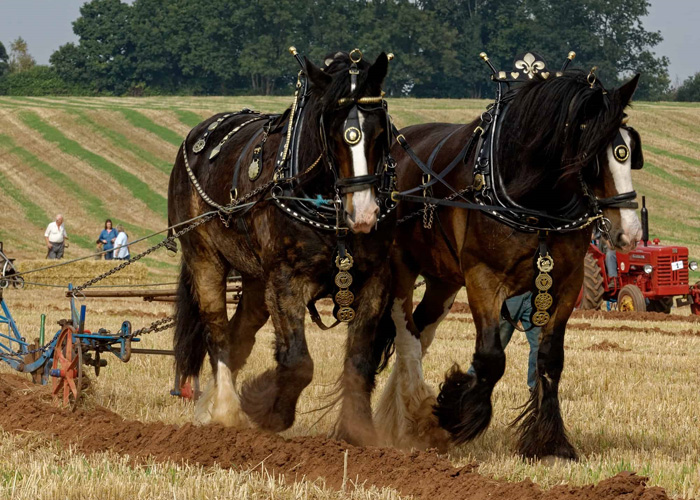Richard Heinberg has written an excellent book called Power, which is a history of the world through the lens of power. There is a “maximum power principle” operating in nature that states that an entity that exploits a given resource more effectively/efficiently than a competitor will win in the evolutionary race to survive and thrive.
Heinberg documents this principle from a single cell that uses a proton pump to separate protons from electrons to power itself to complex organisms like humans that harness external power to do an incredible amount of work for them.
Power is the rate of energy transfer. The most common scientific measure is a watt which is one joule per second. We are probably more familiar with horsepower. One horse can produce up to 15 HP for a brief time but can produce one HP over a sustained period. A human can produce 1.2 HP briefly and only 0.1 HP over a sustained period. Energy is also measured in calories, kilowatt hours and BTUs.
Humans have tapped into an incredible energy source in oil. There are the equivalent of 25,000 hours of human labour in one barrel of oil that can be purchased for less than $100. No wonder we use gasoline and diesel powered machines to do our work for us instead of human labour at every chance we get.
It takes energy to get energy. All living things need energy to live and do things. The maximum power principle states that the entities that are the most efficient at converting one form of energy into another form of energy will be the most successful entities. EROEI, energy returned on energy invested is a measure of that efficiency.
T.P. Bayliss-Smith in a book, The ecology of agricultural systems, 1982 and Pimental and Pimental in a book called Food, Energy and Society, 2008 calculated that hunter gatherer groups had an EROEI of 10:1. That is, they got 10 units of energy back for every unit of energy they spent. A pre-industrial, Wiltshire farm in England had an EROEI of 14:1 with the aid of draft animals whose energy was accounted for. This was the best energy conversion of any system of food production anywhere even up to today.
Martin Entz and his graduate student J.W. Hoeppner analyzed EROEI on two Canadian organic and conventional production systems. They found conventional agriculture had an EROEI of 6.8:1 while the organic system had an EROEI of 10.4 with similar annual crops. When you add perennial crops and the livestock to the organic system, your EROEI goes up to 11.9 but still does not reach the ultimate achieved by the Wiltshire farm of the 1820’s.
In theory, as energy costs go up the maximum power principle should become more important and the organic farm with some perennial crops in the mix is the one that will survive into the future.
Richard Heinberg, in his Power book goes on to analyze two scenarios for our future. One is the collapse of our civilization as we know it and the other one is self-restraint. He has a lot of details for each scenario. Self-restraint involves three aspects: reduce individual consumption, reduce our population, and gain efficiency in our use of energy. The first two aspects are both very difficult to achieve, but we are doing quite well in the third aspect. Heinberg is hopeful that humans can gain self-restraint and not cause our civilization to collapse. I hope so, too.




